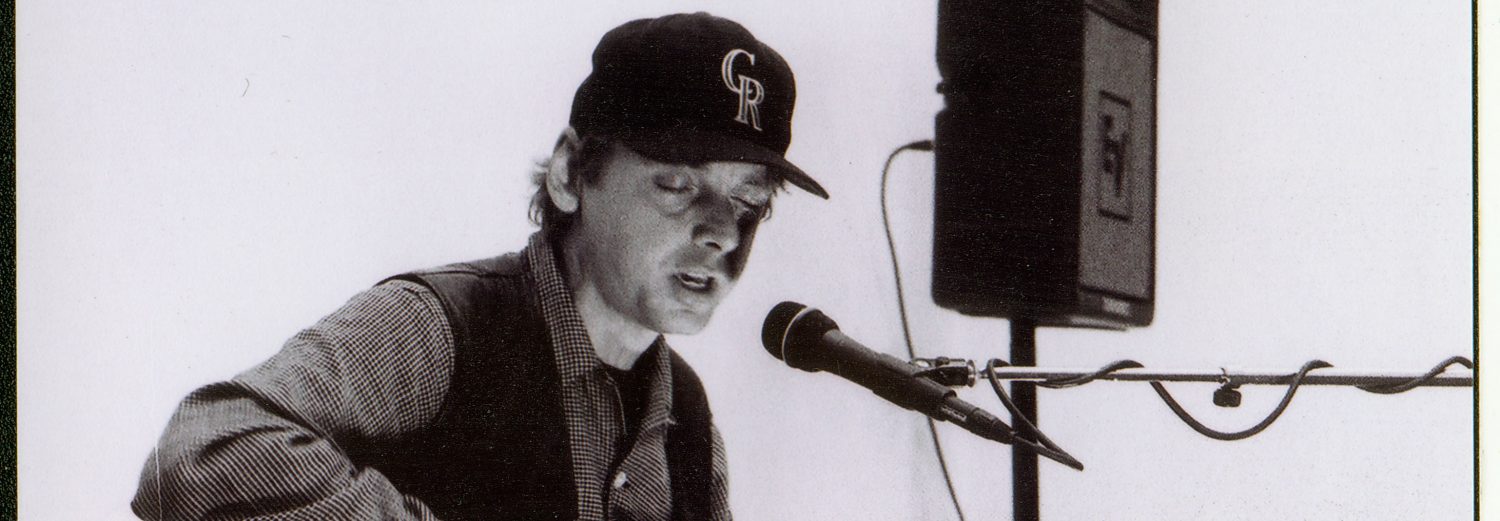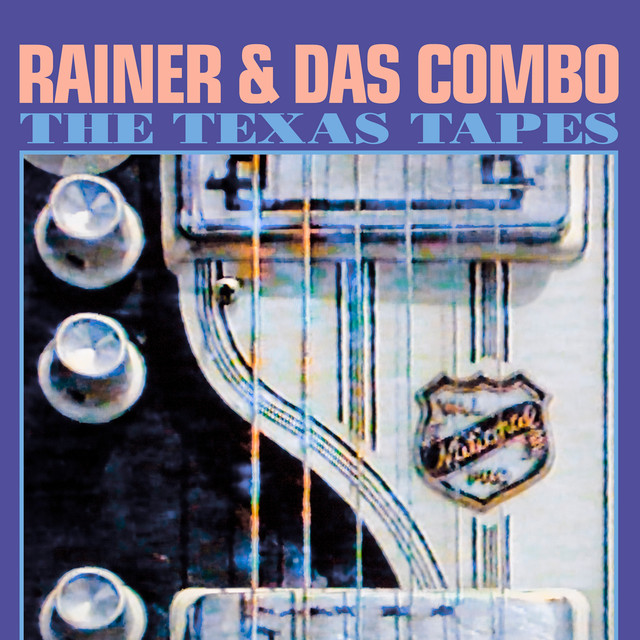(Reimagined, Remastered & Expanded) Explained:
Rainer first met Billy Gibbons in the fall of 1983 when, as Billy explains,
“My sweetheart, Jools Brandt, swooped me on a Monday midnight in Tucson to embrace the blues groove being laid down by none other than the unexpected slithering 6 stringer, known as… just, “Rainer”.” Rainer was playing his weekly “Blue Monday” gig at Nino’s with Das Combo when a big white limousine pulled up in front. Out strode Billy & Julie, dressed in white, hoping to catch a bit of Rainer’s final set of the evening. Folks in Tucson were used to seeing Billy out and about as it was a favorite getaway for him back then, and for him to be checking out one of Tucson’s finest musical offerings was a no-brainer.
After the show, they met, conversed and both came away mutually impressed. They exchanged contact information and promised to stay in touch, which they did, Billy & Rainer exchanging letters in the mail along with cassettes of favorite artists. Rainer also sent him a copy of his new recording “The Mush Mind Blues”, which he self-released on cassette and was selling at gigs.
When Billy returned to Tucson early in 1984 on tour with ZZ Top he invited Rainer to the show and asked him to bring along a copy of the cassette. Backstage after the show Billy introduced Rainer to Kurt Loder who was travelling with the band gathering material for a Rolling Stone magazine article. During their conversation Rainer gave Loder a copy of the Mush Mind cassette.
Thinking not much more about it afterward, Rainer was stunned to find that Loder actually thought enough of the Mush Mind Blues to review it in Rolling Stone for the May 10th 1984 issue, the first independently released cassette ever to be reviewed in the magazine. Not much came from the review in the way of sales, but it was gratifying to say the least.
Fast forward to 1986 when Gold Star Sound Services in Houston, Texas (owned by Gibbons since 1983) purchased and installed a then state of the art
Mitsubishi digital 32-track 1” reel-to-reel tape recorder.
First on Billy’s agenda was to bring Rainer in from Tucson to record. Flying in whenever he could get away, Rainer began by recording a set of demos of tunes he’d already written, but as the process continued he and Gibbons also began writing together. Progress was slow as Rainer could rarely dedicate more than a few days at a time to these trips.
In all, four Rainer originals and six collaborations were chosen, and by 1991 mixing had begun. But there was a problem. Rainer was not happy with any of the mixes presented to him. He felt as if he was being drawn in a direction he didn’t want to go. At least three different mixes were presented to him. Finally, exasperated and wishing to conclude, Rainer flew to Houston early in 1993 and hastily mixed the tracks over the course of a single weekend. He also nixed the release of one of the collaborative tracks, leaving the studio with a total of nine completed. When the album was finally released in mid ’93 the nine chosen “Texas Tapes” tracks were augmented by three acoustic “Arizona Tapes” tracks.
It is fitting that Rainer chose to type the oblique credits for the album throughout a drawing he’d done of a roundabout. He had been sworn to secrecy regarding the project and nowhere on the album was there a mention of Gibbons, who chose to use the pseudonym “Justis Walkert” for the songwriting credits. Although Gibbons involvement was well known in Tucson music circles (and from the sound of the album), when asked “on the record” Rainer would always demure.
This would be the last time Rainer used the “Das Combo” moniker. The “real” band (with Bassist Nick Augustine & Drummer Ralph Gilmore) had already been decommissioned, having given their final performance in May of 1992 in Tucson.
For this 2017 Deluxe Edition of The Texas Tapes, a mix done by Tom Harding (which Rainer was fairly faithful to in his final mix) has been chosen along with one tune (the previously unreleased “Big House In Memphis”) mixed by Robert T. Johnson. Also included is a bonus disc with four of Gibbons’ “big mixes” and three demo recordings, two of which weren’t pursued for the final album.
Although Rainer never pursued this direction again in the few years he had left, it is obvious just how much love, effort and attention to detail was put into the project.
David LaRussa
May 31, 2017



Are these Rainer albums available on lp for the first time now on Fire Records?
LikeLike
We will publish dates of release as soon as we have confirmation. The plan is to release everything on vinyl and cd format as well as digital release. Thanks!
LikeLike
Yes…only one is up and available today, but come October and November these albums will be first time releases on fire on vinyl. We expect the rest of his catalog to be released over the coming 2 years.
LikeLike